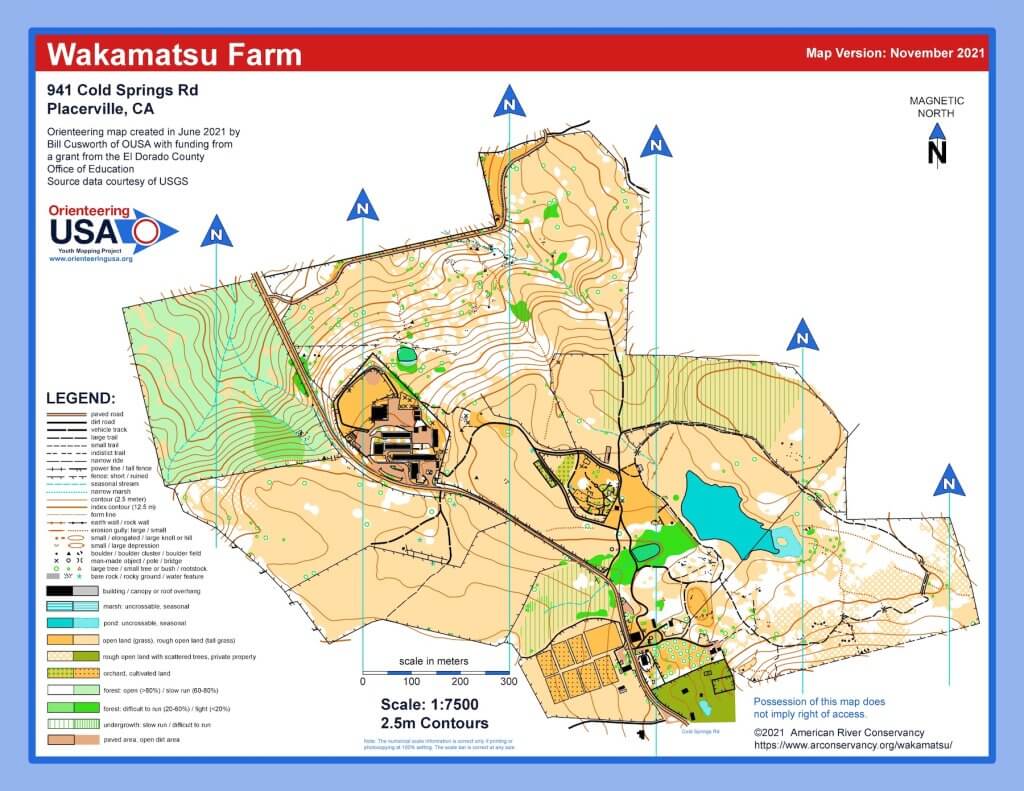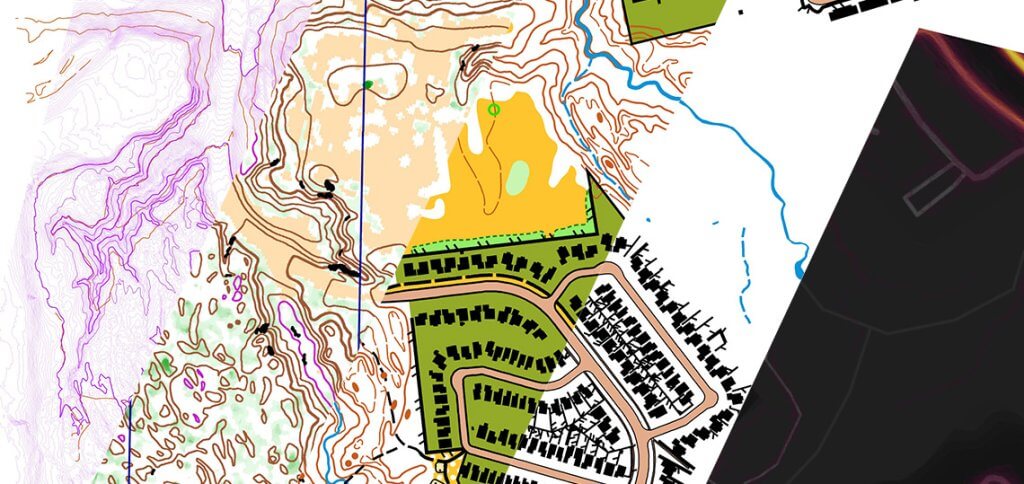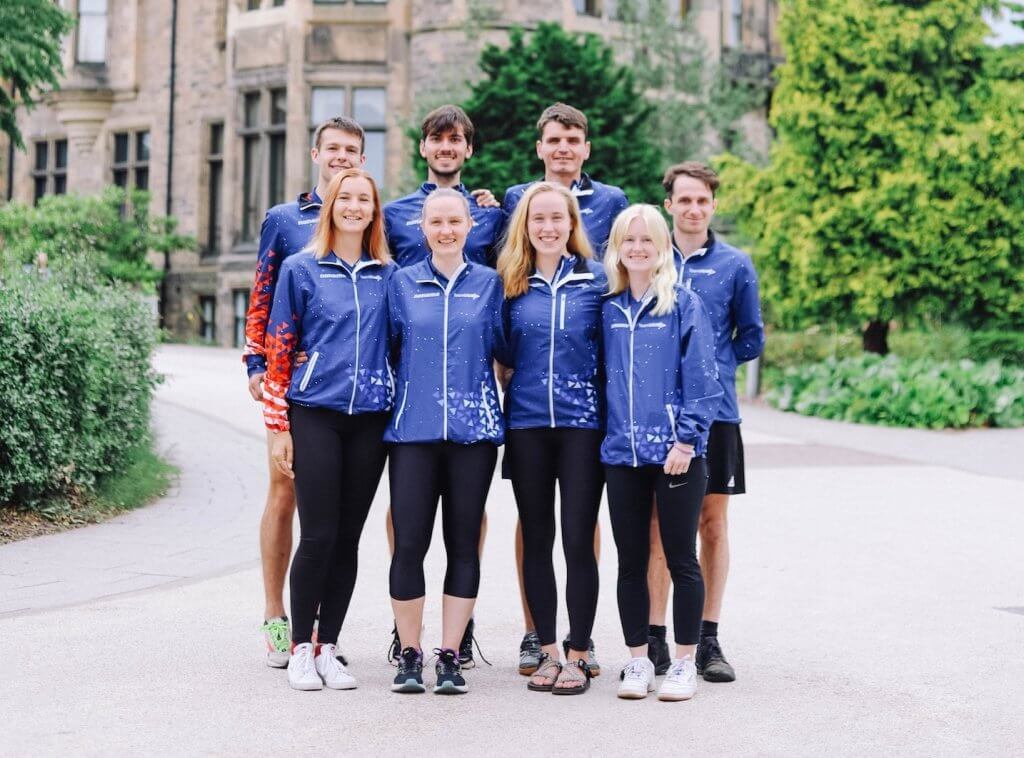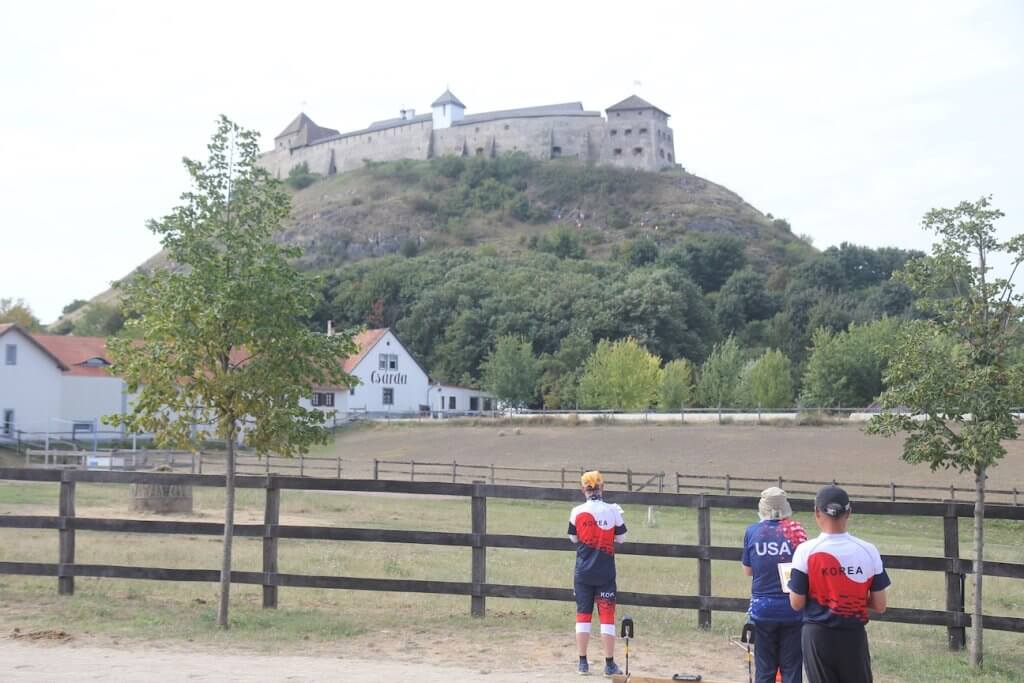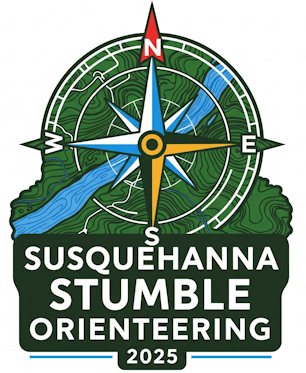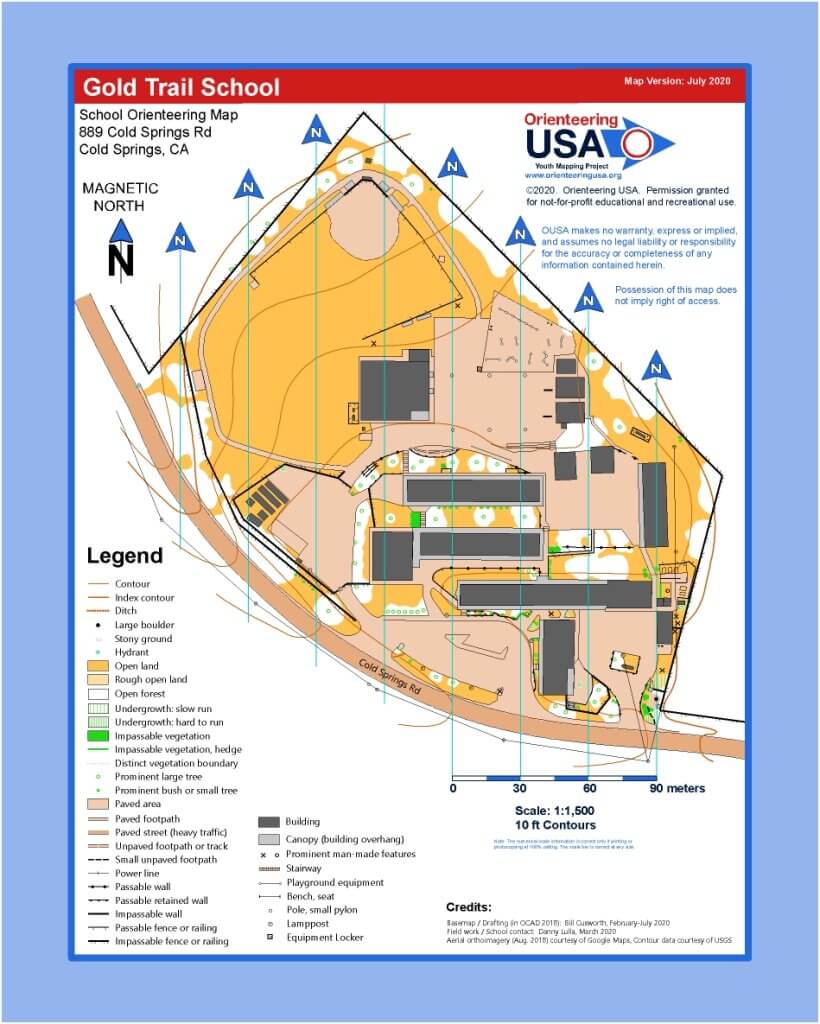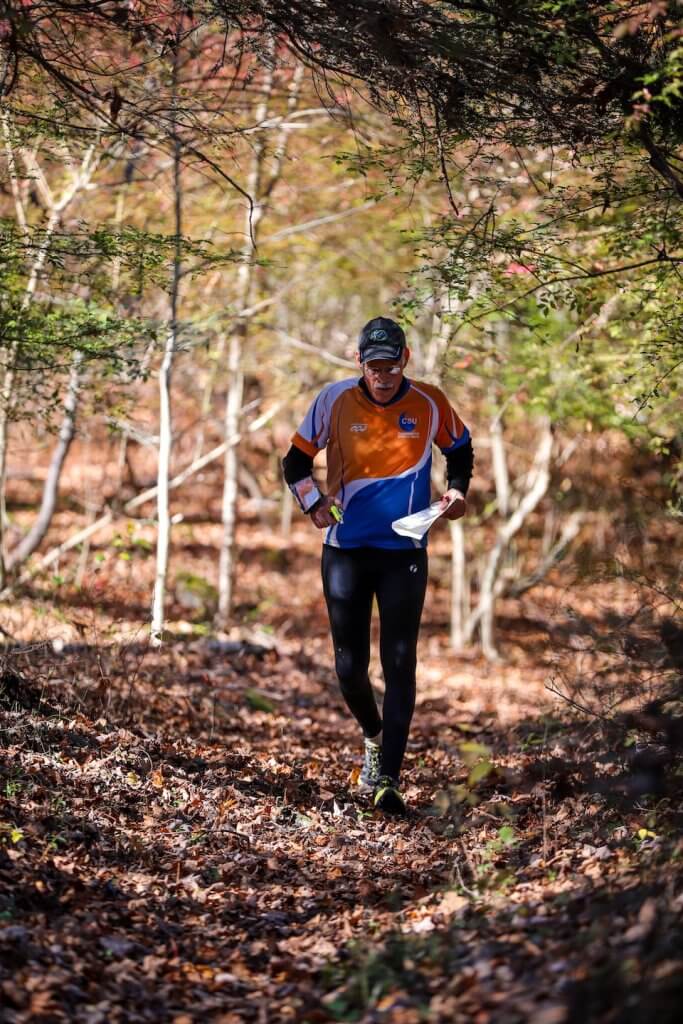American Camps Association Webinar

Do you have connections to anyone who works at a summer camp? If so, please let them know about this webinar aimed at getting orienteering into camps! The webinar will take place on December 17th at 1pm ET. It is free for members of the ACA and $40 for members of the public.


